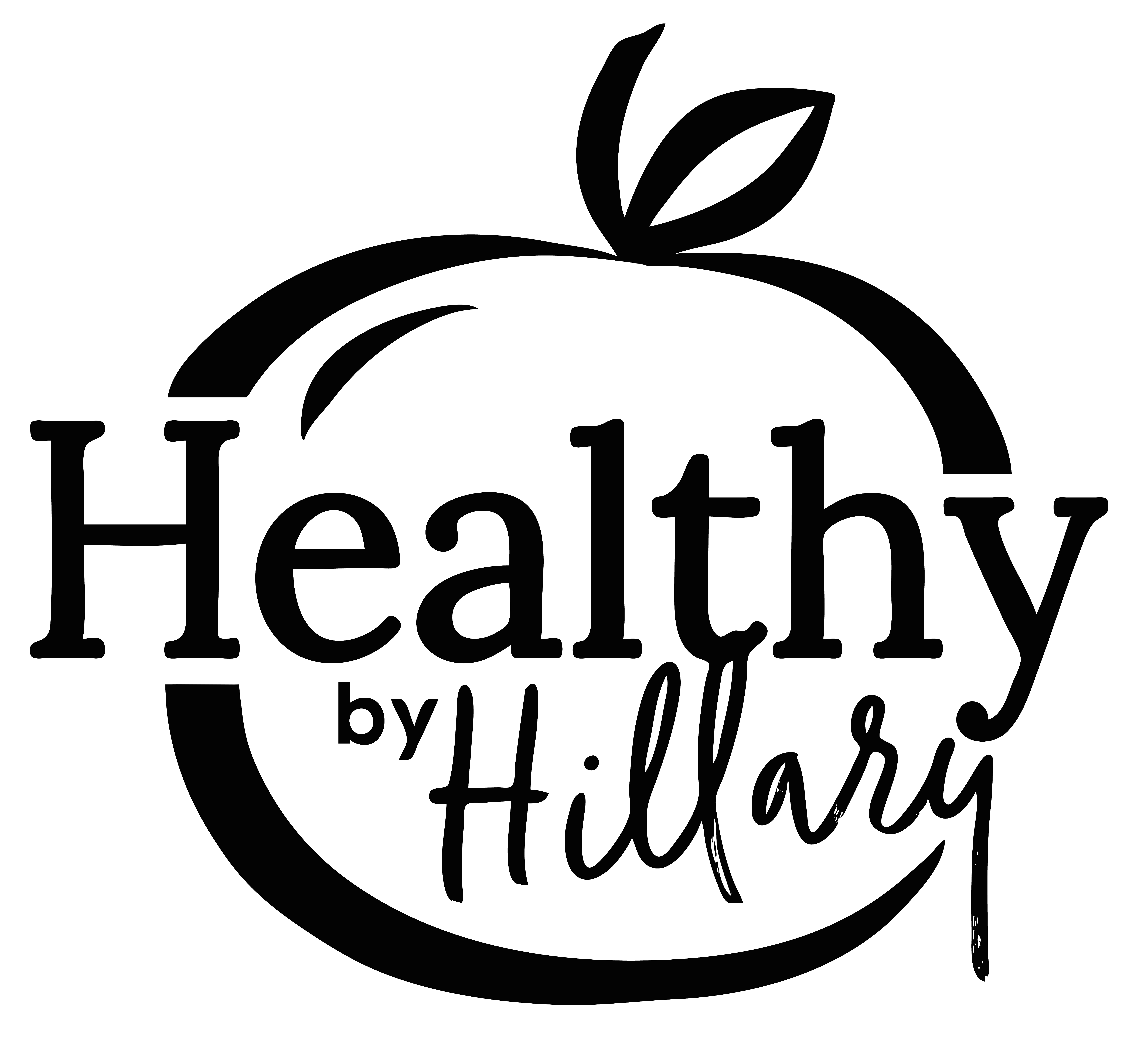Like every October, the leaves start changing color and the pink ribbon representing breast cancer awareness becomes part of the staple décor everywhere, from grocery stores to real estate offices. As a nurse practitioner, and as someone with many loved ones personally dealing with the impact of breast cancer, I cannot help but pause and reflect on the awareness surrounding breast cancer. It is part of my duty to educate, screen, and advocate for my patients to prevent them from suffering from such a devastating disease.
Let’s face it, ladies, if you have breasts, you are either at risk or will be at risk for breast cancer at some point in your life. In the United States, women are more likely to develop breast cancer than any other type of cancer, except for skin cancer. According to the Centers for Disease Control and Prevention, approximately 264,000 women are diagnosed with breast cancer each year and 42,000 lose their battle. Being over 50, maintaining an unhealthy body weight, having type 2 diabetes, smoking cigarettes, taking hormone replacement therapy, or having a family history of cancer significantly elevates the risk of developing breast cancer. Black women have a 40% greater risk of dying from breast cancer than other races and ethnic groups. So what can we do about it? Regular screening can catch breast cancer while still in earlier stages when treatment is less extensive and often more successful. Women who undergo regular mammograms have a 60% lower 10-year death rate and a 47% lower 20-year death rate following breast cancer diagnosis than those who do not undergo regular screening.
Never had a mammogram or breast cancer screening? You’re not alone. Many women put off breast cancer screening and mammograms simply because they don’t know how to access testing, and it feels like an overwhelming or daunting task. The good news is that breast cancer screening is easy, and mammograms don’t require an order. I encourage women to start by scheduling an annual physical, and to find out if there’s a family history of breast cancer, especially in immediate family members like a sister or your mother.
During the annual physical, a manual and visual breast exam will mostly be done to look for any visible changes in the appearance and feel for any lumps or breast tenderness. People over 40 are likely to have a screening mammogram recommended, and an order for the test is sent to a local breast imaging center. If scheduling an annual physical isn’t possible, many cities have at least one hospital system or non-profit organization operating mobile mammogram units or clinics with sliding scale fees.
Regardless of the facility used for a breast imaging center, the way mammograms are performed is relatively standard. A mammogram is a type of x-ray specifically used to detect breast cancer. A technician positions the breast between two plates that compress it slightly while a picture is taken in a couple of different positions to get the best view of the breast tissue. The procedure is a little uncomfortable but painless. Also, feeling shy and awkward is normal. Don’t hesitate to say something to the technician if you are nervous or it’s your first mammogram. Images are then sent to a radiologist for review. If the mammogram is normal, future screenings are only needed every 1-2 years, depending on age and risk factors. If the mammogram is abnormal, the radiologist may recommend a diagnostic mammogram or a breast ultrasound for a closer look at any areas of concern. If the follow-up testing comes back normal, returning to a standard mammogram schedule is usually recommended. If the findings are inconclusive, the recommended course of action is typically follow-up testing in 6 months to check for changes or undergoing breast biopsy. Abnormal findings should be discussed with your doctor or healthcare provider to develop a plan for ongoing care.
Are you ready to get checked for breast cancer? If so, I’m accepting new patients, and you can schedule an appointment for your annual exam by visiting healthybyhillary.com/appointments. Susan G Komen offers a breast care helpline at 1-877-465-6636 to assist with finding local screening and diagnostic facilities or clinical research trials, requesting financial assistance, or other questions or care needs.

